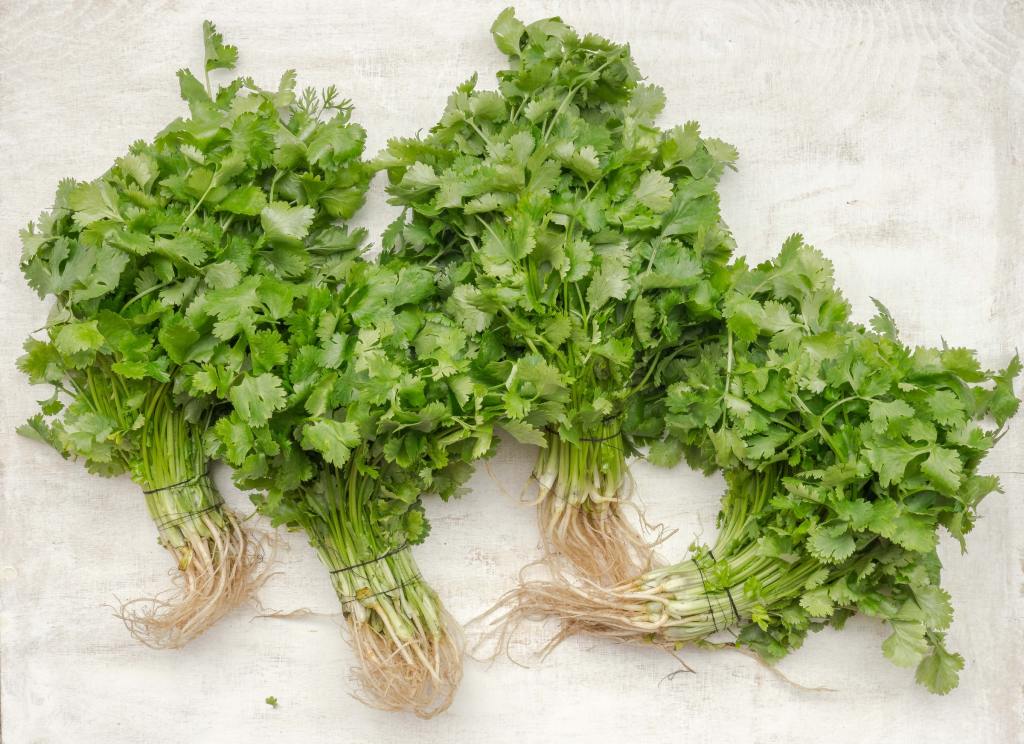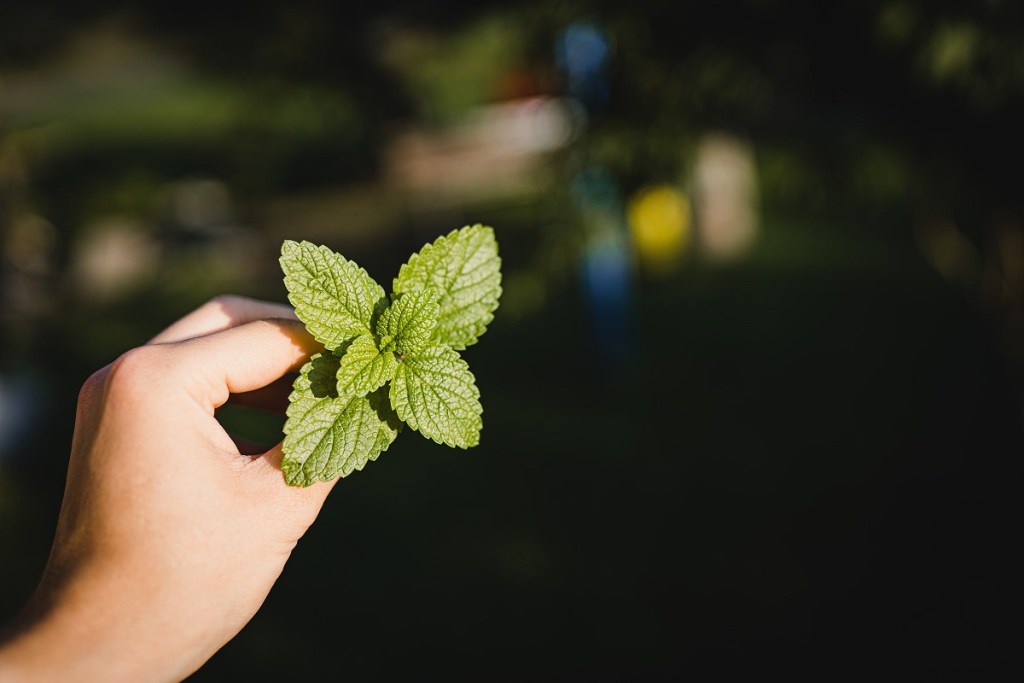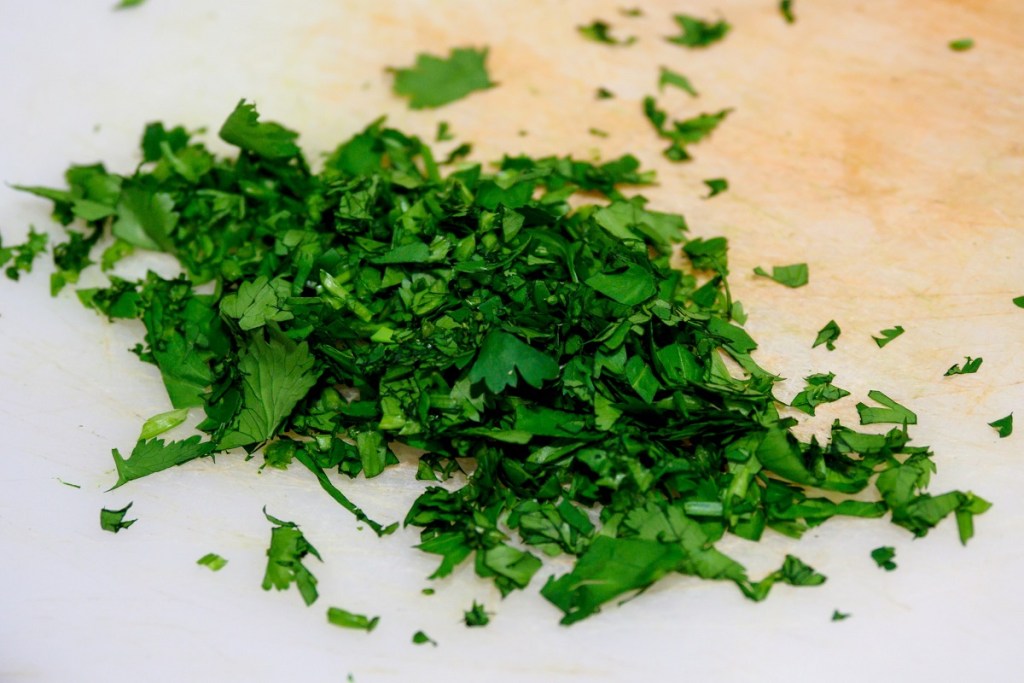For indoor gardeners who don’t want to worry about the mess of soil all over their carpets, hydroponic growing can be particularly appealing. And when it comes to choosing what to grow, why not start with herbs? They’ll make your house smell amazing (like food!) and reward you with fresh ingredients year-round to use for cooking. Growing herbs in water jars or having a water herb garden is beneficial for a few reasons and can change the way you look at indoor gardens.

The benefits of a hydroponic herb garden
The biggest benefit of a hydroponic garden is that your herbs won’t be subjected to harsh weather conditions. Herbs love a consistent growing environment, so they’ll be quite happy in a hydroponic system. Not to mention outdoor plants are more susceptible to pests. Keeping your herbs indoors will protect them and any other leafy friends you have from becoming infested.
A water herb garden will also help regulate how much water your plants get. Most hydroponic systems are set up in a way that allows the roots to only absorb the water and nutrients they need — the rest is cycled throughout the system. The system will provide your plants with what they need to grow, but you will still need to replenish the nutrients as needed, depending on the system you choose.

Herbs suited for hydroponic growing
You can grow almost any type of herb hydroponically with proper care; however, there are some that will grow much more easily in water than others. You’ll see that the plants in your water herb garden will look fuller than their counterparts grown in soil. Because of that, pruning and harvesting will be your best friends when it comes to a hydroponic herb garden.
You can start to harvest leaves and stems from your herbs of choice (mint, thyme, basil, parsley, cilantro, oregano, etc.) as soon as the plants are mature. As with any other plant grown in containers, hydroponically grown herbs will thrive when you give them the best possible care, which means along with pruning and harvesting, you’ll also want to be aware of the amount of nutrients in the water. Hydroponic systems can help with that, but there’s still some needed maintenance to be done.
The perfect growing environment
Your hydroponic herb garden will do best in a stable environment. Depending on the needs of the plants you’re growing, this may mean that you’ll need to purchase items like grow lights, fans, and space heaters to help keep things going. Most herbs will need at least six hours of bright sunlight a day but will do best if given up to eight or 10 hours. If you don’t have a spot in your home that fits that need but still want to have a water herb garden, grow lights will be your best friend. Once you set them up, they’ll help supplement the natural light your herbs receive and give them a better chance at full, happy growth.
The space heaters and fans are often used to regulate both temperature and humidity. If you’re growing your herbs in a place with minimal ventilation (like a basement), the fan will help keep the air moving while the space heater will let you grow the plants year-round at their preferred temperature. No matter which system you choose, these are things you may need to keep track of, as well as the nutrients in the water. Nutrients should be replenished at least once a month; however, this could vary depending on the setup.

Getting the most out of your hydroponic herb garden
Pruning, trimming, and harvesting will help you get the most out of your water herb garden. To get the full, bushy growth every gardener admires, you’ll want to pinch the tips of the herbs as soon as they’re about four inches tall. Pinching the growth will help encourage branching and keep your herbs from getting leggy. Keep in mind, however, that although pruning, trimming, and harvesting benefit the health and longevity of your plant, you should never trim off more than a third at a time to avoid shock.
And if your water herb garden works out, you can always expand your hydroponic setup to include other fruits, vegetables, flowers, and greens! Hydroponic systems take away the mess that soil makes, and although the initial investment can be high, the results are definitely worth it.


